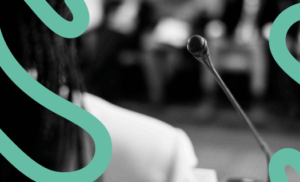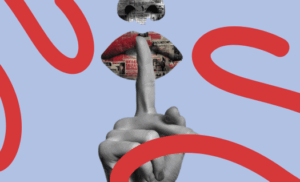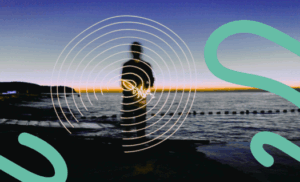Nike has always been a giant. I can’t remember a sporting moment when the Oregon brand wasn’t present on shirts, trainers or football boots. Through sponsorships, advertisements, collaborations or new brands, the company has always been a leading player because of what it represents: its famous slogan ‘Just Do It’. From Michael Jordan to the infamous Oscar Pistorius, Michael Johnson and Paris Saint-Germain, the swoosh brand is always there, except for one international event where it should have been but wasn’t: the 1996 Atlanta Olympics.
That was 29 years ago, and it is one of the many crises Nike has faced throughout its existence. This one, however, could have been one of the most serious if the company’s marketing director had not stepped in.
Reebok takes the lead
The Olympic Games were held in 1996 in the American city of Atlanta. It is well known that they are a great showcase for brands and athletes. That year, Reebok, which had been an American brand since 1984, although originally British, won the sponsorship contract after paying $50 million. This consolidated its position as a benchmark in the world of sport.
What seemed like a blow to the brand turned into an opportunity for Nike, which defied all the rules and gained fame thanks to its unparalleled guerrilla marketing.
At Atlanta 96, Nike was already the giant it is today. Despite continuing its fierce battle to conquer the sneaker market, the Oregon-based brand was already sponsoring athletes of the calibre of Carl Lewis and Michael Johnson, ‘the Waco Express’, tennis players such as Andre Agassi and footballers such as Eric Cantona.
Meanwhile, Reebok was trying to gain a foothold in the market, and purchasing the sponsorship rights seemed like the perfect opportunity.
Nike’s coup
Nike was not the sponsor, but 22% of Americans believed it was, while only 16% correctly identified Reebok as such. To achieve this, the former deployed more than a thousand billboards throughout the city. One of them featured one of the most famous slogans in history: ‘You don’t win silver, you lose gold.’ This cost the brand £5.7 million, but it still had enough investment capacity to reach 50 subscribers for Reebok.
To continue his war, he built the Nike Centre, an imposing facility covering more than 4,500 square kilometres, 100 metres from the entrance to the Olympic Village, a place where athletes could relax, meet their families and give interviews. He thus turned the venue into the nerve centre of the Olympic Games, with more activity than the Olympic Village itself.
The results
The masterstroke came on the track. That’s where you can really earn a brand reputation. Michael Johnson and the 400-metre sprint. The big challenge and the big favourite. For that occasion, Nike designed custom gold trainers for him, and he won. Olympic gold and a world record proved that, with Nike, you could reach the top.
But that wasn’t all. Nike also distributed thousands of flags bearing its logo among spectators so that it would be visible on television broadcasts, despite restrictions imposed by the Olympic Committee. The result: a complaint from Reebok that was finally resolved in 1998. The damage had already been done.
Nike’s sales skyrocketed by 22% after the Games, consolidating its leadership in the sports market. The International Olympic Committee tightened the rules to prevent other brands from repeating the move in the future and bypassing sponsorship rights. For marketing professionals, these measures did not erase the masterstroke of creativity developed by the Oregon-based firm.










